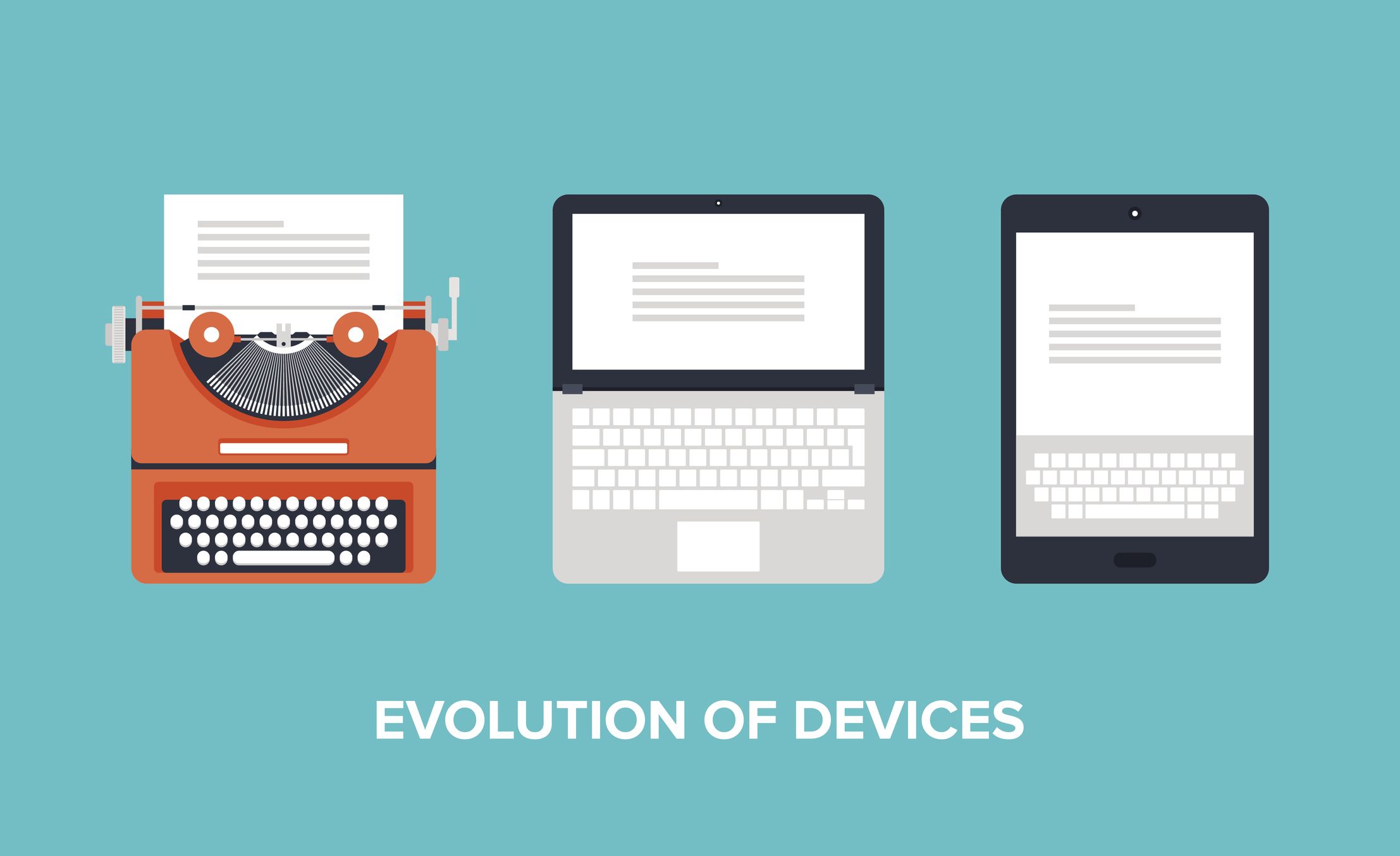Business Ecosystem Evolution Needs a Platform

Welcome to the Think Tank with Frank Kenney
With decades of analyst and integration industry experience, Frank Kenney is a fountain of knowledge on all things tech. Now, he aims to share that awareness with you. Come back every other Thursday for your biweekly dose of thought leadership in this blog from one of technology's most insightful thinkers and gain perspective on a variety of topics ranging from what's happening in integration today to what's on the horizon, poised to disrupt the integration space going forward.
***
One of the things that we tend to forget when it comes to technology is that fundamentally, technology enables us to do the things that we were doing before only easier, faster and with more accuracy.
And a lot of pop culture today finds ways to dredge up some technological knickknack or another from the recent past as a plot device or simply set dressing.
"Remember using pagers?" Of course.
"Remember that schoolkid fad from the '90s Tamagotchi? They were like electronic pets?" I have no idea what you're talking about.
"Remember when cell phones were comically huge?" I don't know why you're laughing... these things used to be cutting edge and cool.
It's a cheap trick that leverages ubiquitous tech; cultural touchstones to remind us of our youth. It even works on me sometimes.
"Remember the Sony Walkman?" *Ahhhh*... sweet nostalgia.

But recently, I was watching Melissa McCarthy in the excellent biopic, "Can You Ever Forgive Me," and I came to an easy realization:
I have zero nostalgia for typewriters.
I remember writing reports in college with an old typewriter and using Wite-Out when I hit a wrong key. I got pretty good at fixing my mistakes, but it was still a substantial slowdown every time I made a typo. Then, one Christmas, I got a replacement: a newer typewriter with a white ribbon for corrections, and I gained a bit of efficiency in fixing if not altogether avoiding typos.
My roommate, by comparison, had an even slicker option. His more modern typing machine had a buffer, so you could catch errors before they were indelibly stamped in ink on a once-pristine piece of typing paper. There were still typos, but goodbye correctional tape.
Then, Microsoft Word happened. And the world changed.
We were still clacking away at keyboards, typing out the same kind of school reports. But, creating them was much easier, way faster, and most importantly, far more accurate.
And, when you look at what's happening across business ecosystems, you will find evidence of steady, incremental advancements. Progress as they say, steadily marches on.
But, speaking of nostalgia...
We've always had business ecosystems where we've done business. I spent all the '70s and '80s inside a housing project in New York City Queensbridge Houses, my home and birthplace of hip-hop. We had a convenience store, dry cleaner, pharmacy, beauty supply place, and a supermarket. All the owners knew each other, and all the residents knew the owners. There was an implicit agreement that the owners would ensure quality goods and services if the residents did their best to support the establishments. It was a real ecosystem of customers, partners, and providers built on trust that engendered loyalty and with it, repeat business.
Today when we talk about ecosystems we are still talking about customers, partners, and providers. We are still talking about the relationships between these entities. Specifically, when we speak about ecosystem integration, we talk about all the different ways that these interactions can be enhanced to the betterment of the entire business ecosystem.
There is a set of technologies that are well understood and that can be used to link these entities together regardless of distance, governance requirements, and individual expectations.
- If you want a cloud application tied back to an on-premise, legacy application you'll probably look to use APIs for integration between these types of technologies.
- If you need to talk to a partner across the globe using a very specific dialect of ebXML, there is technology for that as well. Sometimes it's good old EDI and AS2. Many times, it's much more complicated and involves multistep processes that can include real-time streaming integration as well as file-based/batch integration.
The point is the individual technologies, processes, and disciplines for integrating an ecosystem are well-known, well-established, and as such, generally widely adopted.
However, including disparate technologies and spanning multiple patterns of integration on a complete platform with unified and centralized governance on top? That's a completely different story. And then assuming a fully functioning governance capability and the capacity to add an intelligence layer on top: Being able to pull out rich and useful insights aka "the right information" at "the right time" in the "right context" can and will affect the nature of your business.
Think of new and dynamically adaptive business models you can create; the myriad ways you engage and the frequency of meaningful ecosystem interactions; the value you are able to promote by developing and delivering services faster, with improved operations, better efficiency, and deeper ecosystem intelligence.
And the world changed (again).
Progress marches on. Where APIs and EDI software once stood on hallowed ground, an ecosystem enablement platform is set to (and I'll quote myself from up top here) change the world. Think of it as an equivalent to the first word processing software at a dorm where everyone, until such a moment in time, had been using typewriters and Wite-Out to create their dissertations. All of a sudden, everyone had a reason to trust in these programs because they made their lives so much easier.
And that's what ecosystem enablement is all about. Ecosystem enablement isn't just about the evolution of physical technology. It presupposes and understands the relationships, the expectations, and the needs and requirements of an ecosystem, just like the neighborhood candy store, barbershop, and community center.
***

About Cleo
